Recalling day Lincoln met veterans
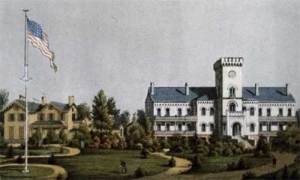
Veterans Day provides an opportune moment to recall a spring afternoon when President Abraham Lincoln met with disabled vets from Civil War regiments. It wasn’t his only encounter with injured soldiers. In fact, he lived among them for one-fourth of his time as chief executive.
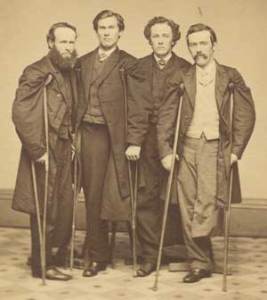
Halfway through the Civil War, a chaplain at St. Elizabeth’s Hospital in Washington, D.C., and several amputee soldiers from there were greeted by Lincoln in the East Room of the White House as an American flag fluttered above. They got there, a newspaper reported, by “stump[ing] it manfully” for two miles.
“All looked healthy, and fresh, and heroic,” continued the story in The Daily National Intelligencer, a Washington journal. Rev. J.C. Richmond, it added, led “the noble procession [of] much enduring heroes” from various regiments. As a group, the men nicknamed themselves “the One-Legged Brigade.”
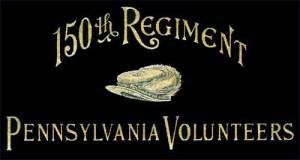
When the president entered the room on May 22, 1863, Richmond told him that “these maimed heroes, sir, are eloquent without uttering a word. The limbs that are absent speak more loudly than the arms and legs that are here….These brave fellow and I uphold you with all our might and will do so until you are able to put all rebellion…under your feet.”
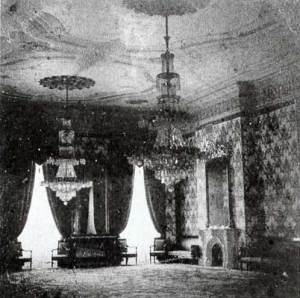
Lincoln replied that there was no point in giving a speech because the wounded men’s heroism spoke more strikingly than anything he could utter. As the meeting concluded, the vets shouted three cheers for Lincoln, the Union and the Constitution.
The president then shook hands with his guests, but he bypassed one of them, named Willie, without taking his hand. “He’s not one-legged,” Lincoln explained. But the chaplain rapped on the man’s wooden leg and said that “Uncle Sam has provided this [leg] for him.” The president quickly grasped Willie’s hand.
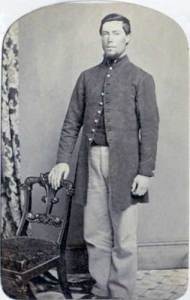
Old Abe was very familiar with wounded warriors because he spent parts of every summer and autumn of his Administration at the Soldiers’ Home, which is still located a few miles from the White House. He, his wife and their sons – as well as friends, Cabinet members and advisors – sojourned there for weeks to enjoy the more pleasant weather and get away from the press of business.
At the Soldiers’ Home, which housed wounded men from many regiments, Lincoln often chatted with the patients who were being medically treated. Nearby, a cemetery was filled with casualties after nearby battles during the War Between the States.
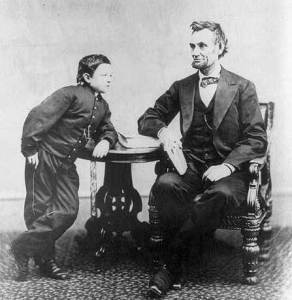
A prominent feature of the campus was a 50-foot flagpole, which Pvt. Willard Cutter, a soldier from Company K of the 150th Pennsylvania Volunteer Regiment, claimed was “the nicest pole in town.” Lincoln’s teenage son, Tad, found, scrounged or maybe helped himself to a “brass eagle for the top” of the pole, Cutter reported in a letter home.
Like a magician, Tad also produced a 10-foot American flag to flap above the veterans.
(Next week: Another look at the Lincoln summer home. To learn more, go to www.lincolncottage.org.)
